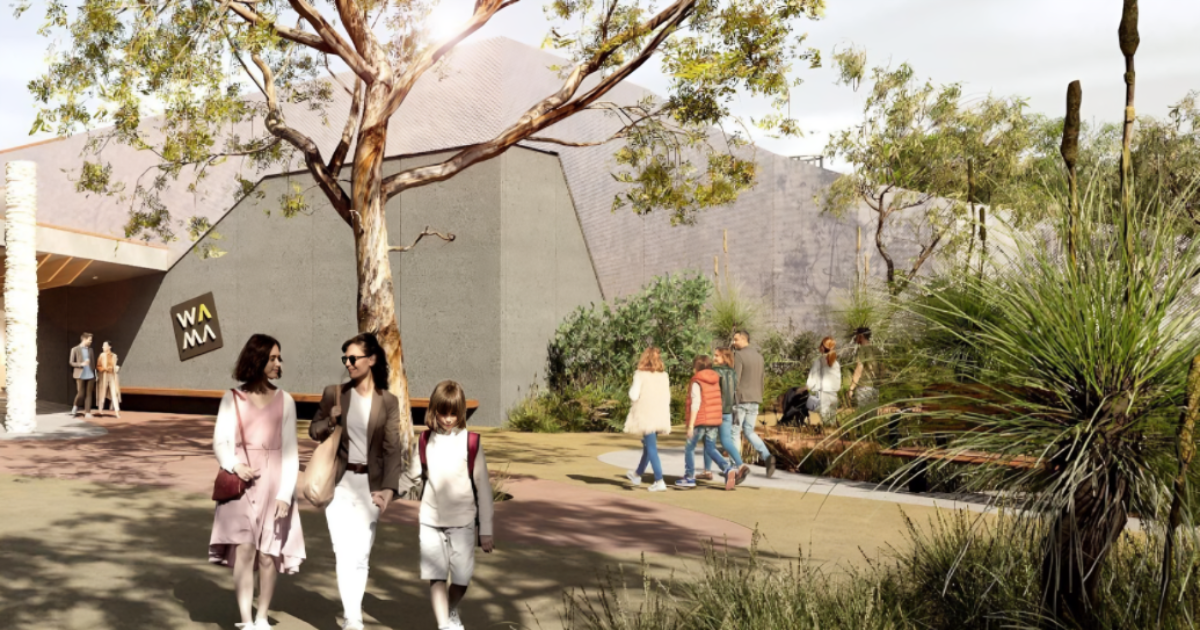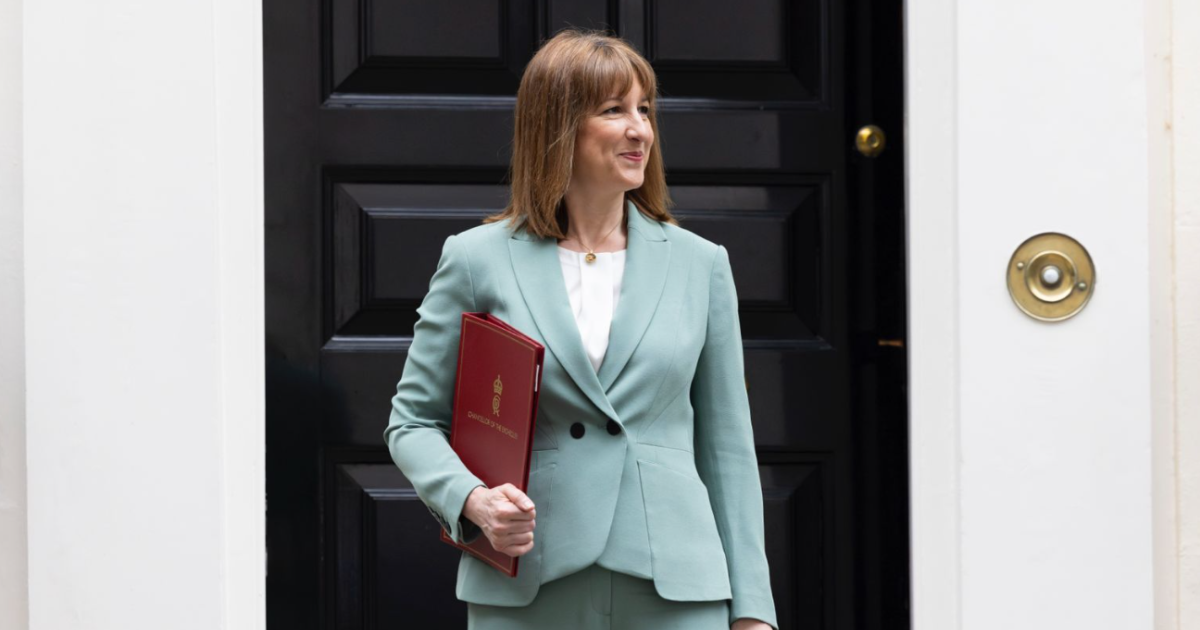A major milestone in the history of the country in terms of cultural and environmental environment. The Wama Foundation has announced the National Centre for Environmental Art, which has an official opening at Pomonal in western Victoria, and this creates a special place where art and nature conservation go hand in hand.
Housed by the beautiful foothills of the Grampians ranges, traditionally known as Gariwerd, this is the first environmental art centre to take 14 years of planning and development. The premises are a merging of a world-class environmental art gallery together with wide native Australian gardens, making it a sort of a revolutionary cultural destination that glorifies artistic impression as well as environmental care through stewardship.
What Makes This Environmental Art Centre Special
The National Centre for Environmental Art is one of the very first facilities in Australia that specialises in environmental art. Ethical art is becoming a very well-developed field of art since the 1960s, such that more and more artists are following their response to environmental needs in the form of their art.
Chief Executive Pippa Mott informs that environmental art is an extremely wide genre which has been gaining pace since the 1960s. The contemporary environmental artists are more science-oriented and address the contemporary problems of our natural world. These are critical dialogues that can be discussed perfectly through the Environmental Art Centre.
The opening of the gallery with an exhibition named End & Being, organized by Jacobus Capone, displays the strength of environmental art in the best possible way. It is a curious and thought-provoking installation that ponders climate change by utilising pre-recorded performances of performance art on the glaciers of Mont Blanc in France and presents the questions on global environmental issues directly to regional Victoria.
The 16-hectare location has a strategic placement of the environmental art centre adjacent to Grampians National Park, of great geological, cultural, and ecological significance. Such closeness enables a guest to have a mixture of artistic interpretation and immediate contact with the natural surroundings that is the inspiration of environmental art.
Conservation Through Art and Gardens
In addition to the exhibition of environmental art, the centre plays a very important conservation role. It contains 500 native Australian plants (20 of the 40 endemic to the Grampians region). They are planted in special feral-proof fencing, meaning that the plants remain safe and genetically diverse.
The gardens of the environmental art centre are not aesthetic spaces only, but also form the key source of seed material in the Grampians revegetation projects. In case bushfires create harm to the area, these preserved plant species can be used to recreate harmed ecosystems using their seeds. In the same way, when it comes to the loss of the environmental art centre due to fire, the main location itself can be rejuvenated using seeds stored in other partner sites, such as Cranbourne Botanical Gardens.




